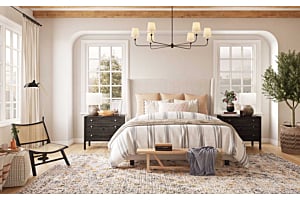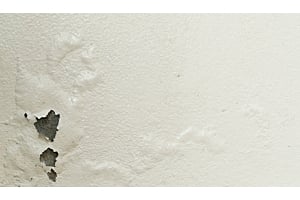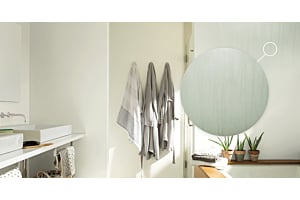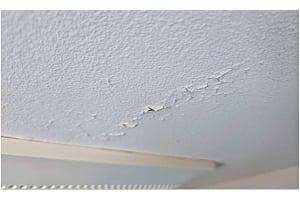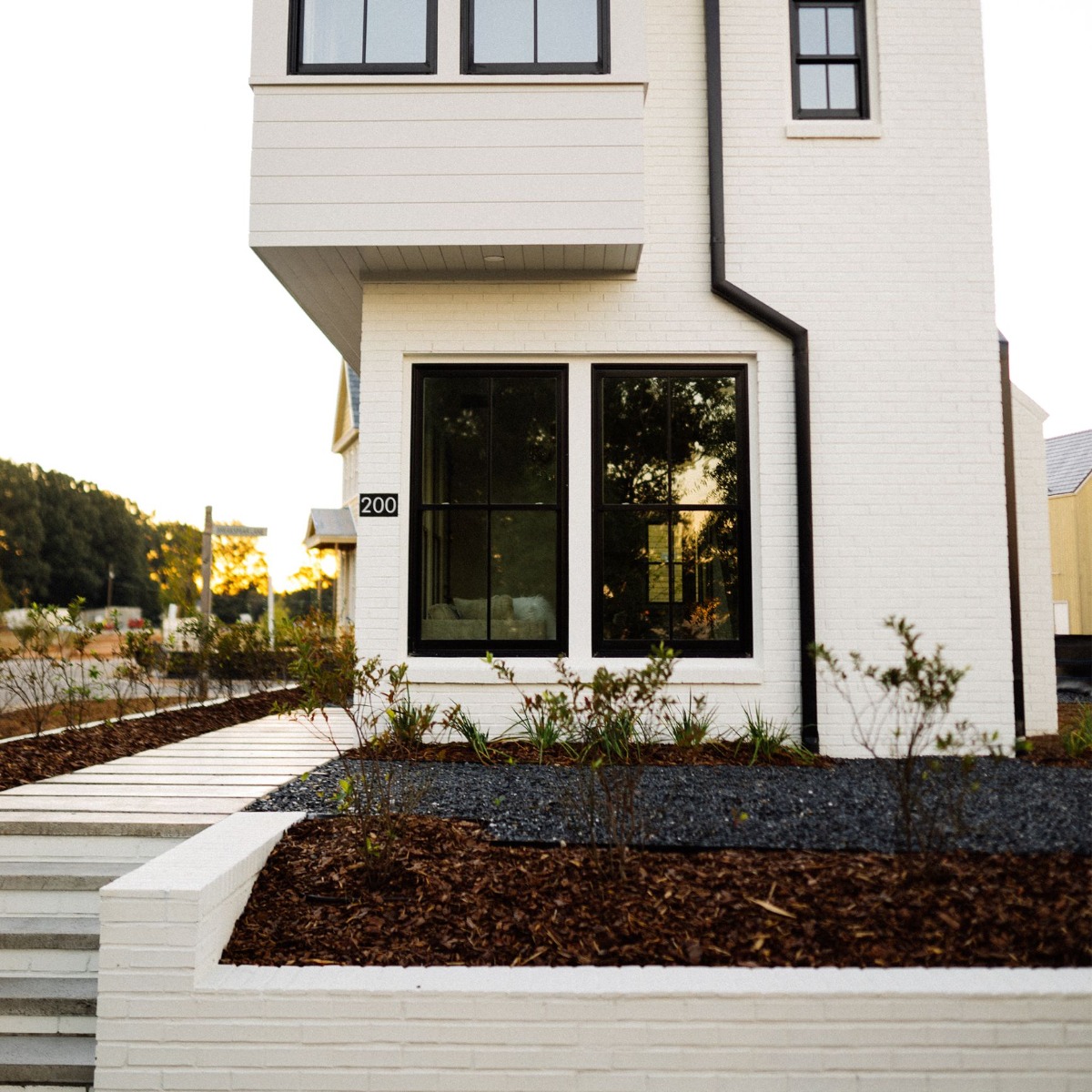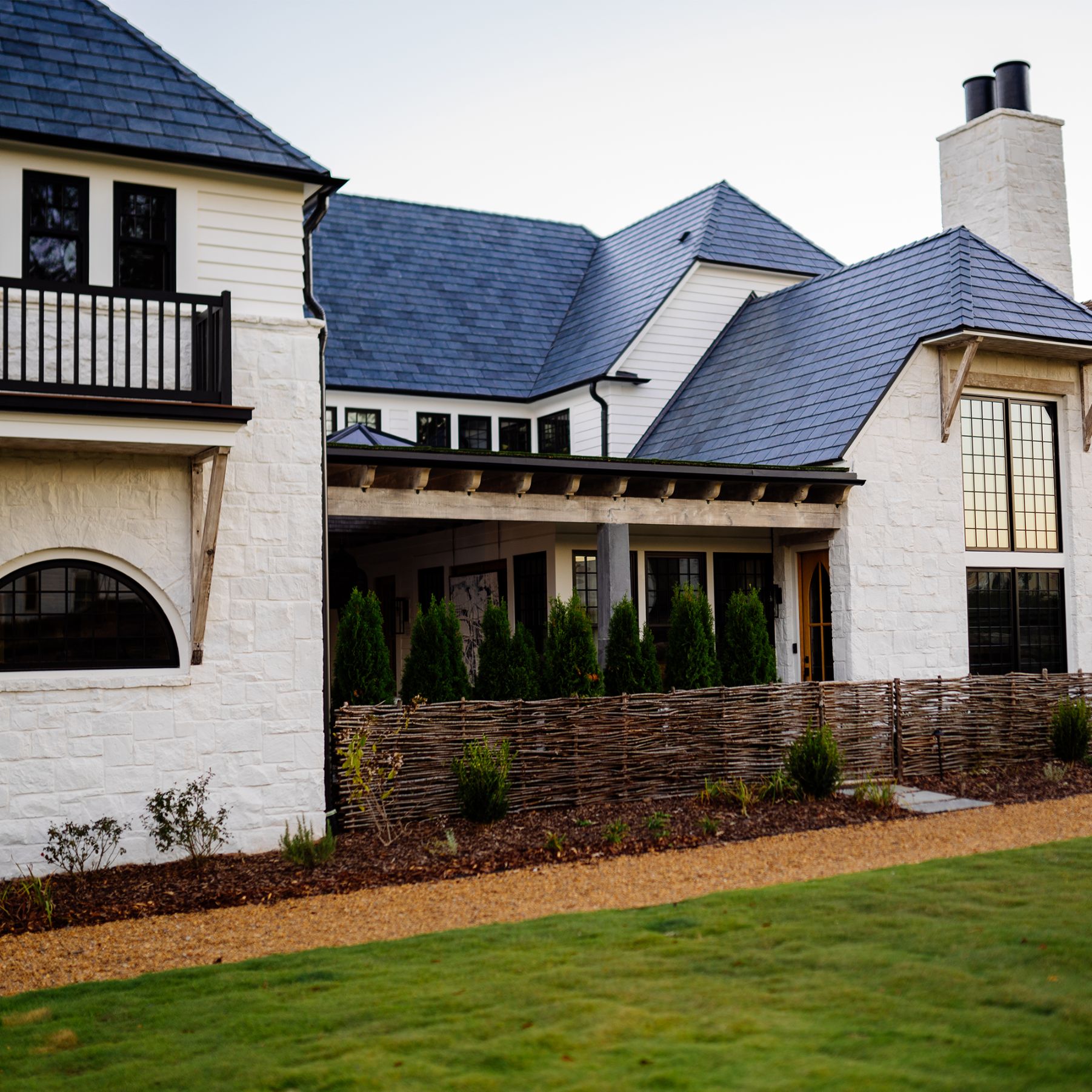
One of the most enduring and well-known building materials of all time, the appearance of brick has evolved over the years to come in many different colors to suit all design preferences. While red brick is traditional, it can come across as dated on older homes, which is why many homeowners have turned to painting it to get a fresh, clean look.
Can you paint brick?
Brick is porous, so painting it requires special attention to prevent damaging or wearing it down prematurely. The most important factor to painting brick correctly is choosing the right product. Regular house paint can be detrimental to brick, however there are high-quality masonry paints available that are not only safe for brick surfaces, but can actually protect and preserve it.
If you’re looking to paint brick—whether the exterior of your brick house, an exposed wall, or a brick fireplace—we'll walk you through the right type of product to use so that you can enjoy a beautiful finish for years to come.
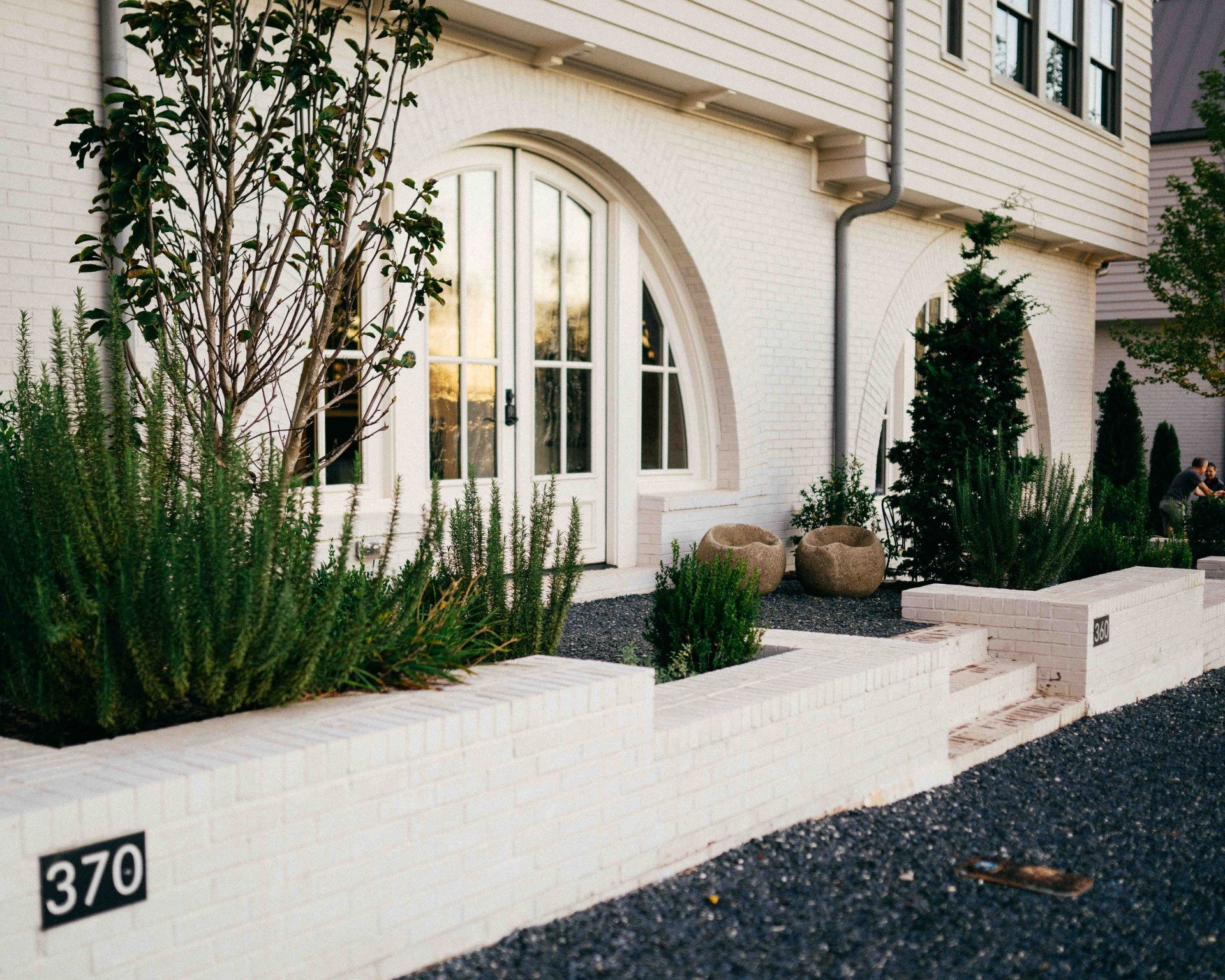
Brick home exterior painted with Romabio Masonry Flat Paint in a custom color
The Best Paint for Brick: Masonry Paint
Masonry paint is a type of paint specifically designed for brick walls. It's formulated to protect the brick from weathering and other damage while still allowing it to breathe.
Here at Ring’s End, we offer two kinds of masonry products by Romabio: Masonry Textured and Masonry Flat. Our most popular choice, flat paint, results in a smooth painted surface. Alternatively, textured paint contains aggregate that creates a textured finish. Whichever look you prefer, both provide the same durability and no-chip results for your brick, stone, concrete, stucco and other masonry projects.
Brick home exterior painted with Romabio Masonry Flat Paint in a custom color
Features of Romabio Masonry Paint
Wondering what makes Romabio masonry paints so special? Besides their good looks, here are some of the top benefits of using these specially formulated masonry paints:
Breathability: Romabio paints are highly permeable, with a permeability rating of 70+. The microcrystalline structure of the paint naturally protects brick from precipitation and humidity and allows any moisture in the brick to evaporate. Regular acrylic paint, on the other hand, traps moisture in the brick which can lead to problems like mold, mildew, and structural damage. The protective qualities of masonry paint are not only beneficial in preserving your brick from damage, but dry brick provides better insulation than brick that's soaked through.
Durability: As exterior brick is exposed to the elements, it’s very important to use high-end masonry paint that will keep your brick from showing wear and tear. Romabio masonry paints are formulated to be long-lasting without ever peeling or flaking. They act as a shield to protect the integrity of your brick and lengthen its lifespan. Romabio masonry paints are guaranteed to last for twenty years when applied correctly!
Fire Resistance: While acrylic paints contain combustible chemicals, Romabio masonry paints are inherently non-combustible and formulated to be fire-resistant on exterior and interior brick.
Luminosity & Color: The high mineral content of masonry paints creates vibrant hues that won’t fade in the sun. The color you choose in the beginning is the color you’ll be able to enjoy for decades.
Odorless, Toxin Free, and Hypoallergenic: While regular acrylic paints contain chemicals that can be harmful to your health, Romabio paints are virtually odorless with no toxic emissions. They don’t contribute to asthma or allergies and are safe for all to use.
Natural Mold Resistance: In addition to their high permeability, these natural masonry paints are formulated to be mold and fungus-resistant.
UV-Resistance: Romabio brick paints are UV-resistant—a vital feature protect the brick from fading and degredation.
Sustainability: Unlike acrylic and latex paints, mineral-based paints are made from natural ingredients like raw potassium silicate that do not require petrochemical processing to produce.

Painting Brick Vs. Limewashing
There are two ways to whitewash your brick: painting and limewashing. In addition to masonry paint, Romabio also carries, Classico Limewash, a special blend of slaked lime, which is a blend of water and mineral lime that has been aged for over a year. Limewashing creates a weathered look where you can see some of the underlying color of the original brick. This unique effect brings European charm to a traditional brick house.
On the other hand, masonry paint coats the entirety of the brick so that it doesn’t matter what color your brick was to begin with – it will be completely covered. It results in a solid, flat finish that will look fresh and beautiful while protecting your brick from the elements.
You can learn more in our guide on to How to Whitewash a Brick Exterior,
Colors You Can Paint Your Brick
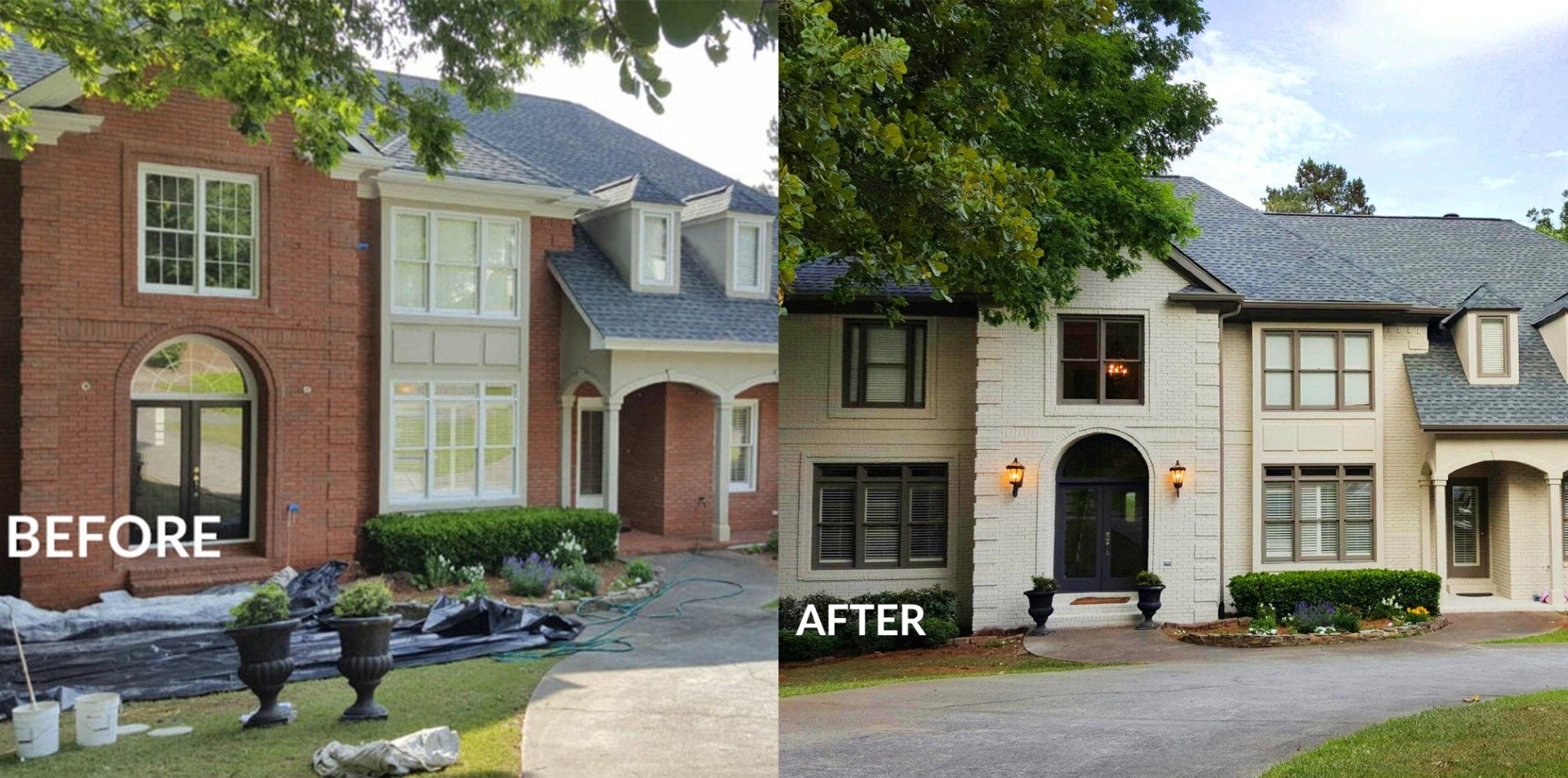
Before and After of brick home exterior painted with Romabio Masonry Paint in a custom color
Whitewashing brick has been very popular in recent years because it provides a clean, contemporary look that instantly brightens the appearance of your home. If you're not sure where to start in choosing a color, consider shades that complement the metal finishes on your home or your interior design style. Of course, you can also make the choice simple by opting for classic white. Other popular colors for brick include gray, beige, and shades of green.
We also offer the option of custom tinted masonry paint to match any of Benjamin Moore's 3,500+ colors!
Tips for Proper Brick Painting
Brick Priming
If your brick has previously been treated or you are looking to repaint it, then you will need a coat of primer. To test if your brick has been treated, splash some water on it to see if it absorbs it. If the droplets bead off, rather than being absorbed, then you need a primer. A primer will help the paint to better adhere to the brick exterior and will also provide some protection. Wait until the primer has set before moving on to painting.
Paint Dilution
Romabio masonry paints need to be diluted with water – you can check the correct ratio here.
Wash & Dampen Brick
Before painting, we recommend power washing the exterior of your brick to remove any dirt. You can use a wire brush with some soapy water to get off any remaining debris. If there are any crevices in the brick, be sure to fill them with acrylic caulk before painting. The brick should be damp when you go to paint.
Dry Time Between Coats
You will likely need at least two coats of paint. Let the first coat dry for 4-8 hours before applying the second coat.
Explore Quality Brick Paints Available Online at Ring's End
Romabio has brought together the best ancient, natural-based mineral and lime technologies to create masonry paints that will stand the test of time. Not only do these paints look beautiful on every masonry surface, but they are natural, clean, and high-performing, so you can love your home’s exterior for many years. Painting brick is one of the top ways to boost your curb appeal easily and cost-effectively, and with this advanced painting solutions available from Ring’s End, you’ll do so without harming the environment or sacrificing quality.


